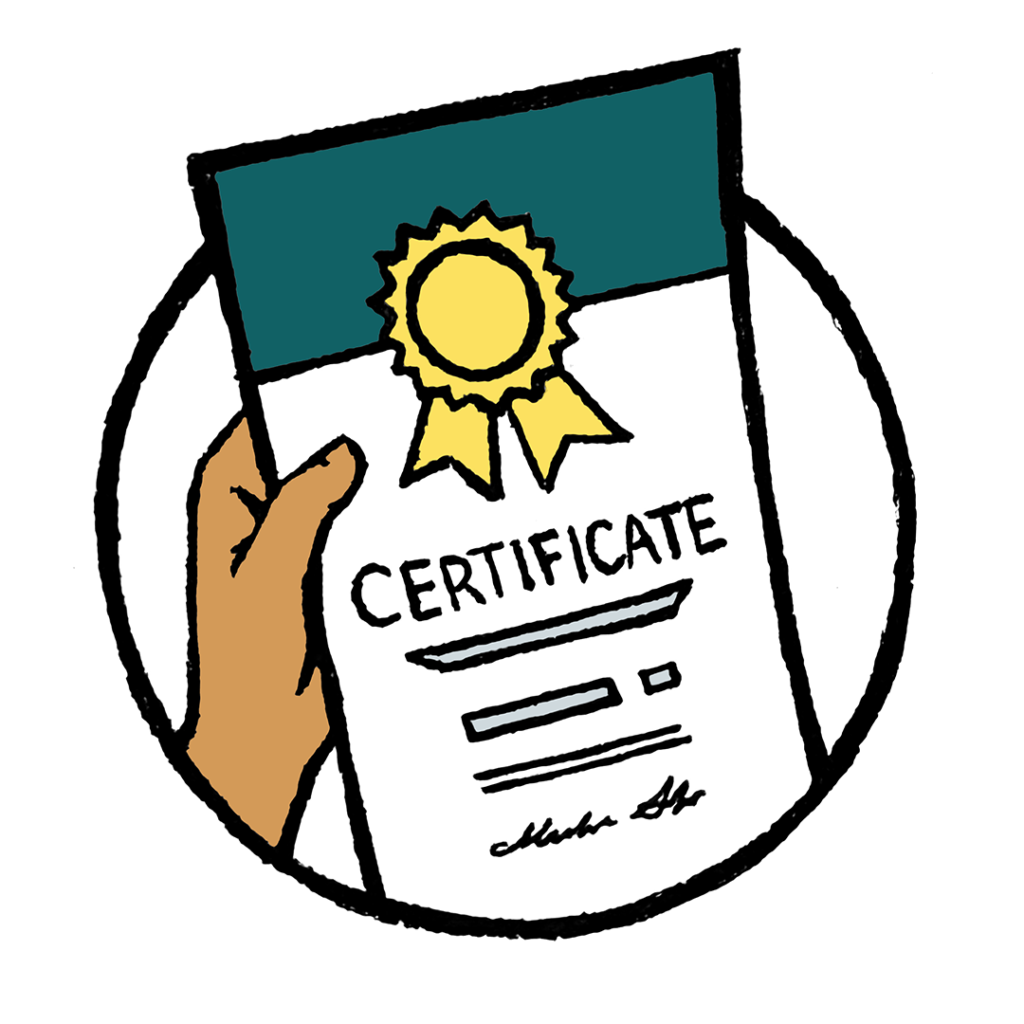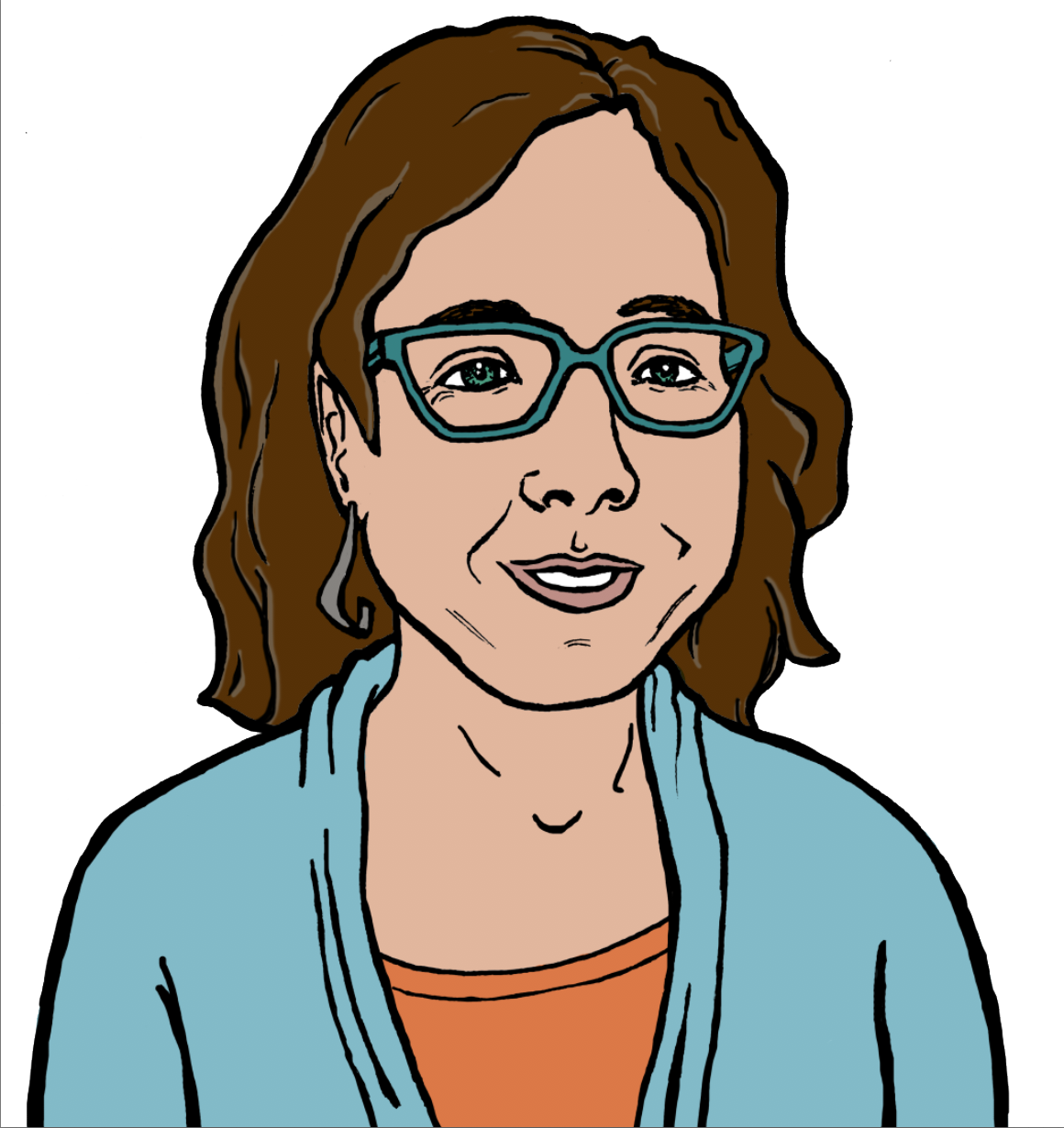JUMP TO: Ways to Pay for Education and Training | FAFSA | Ways to Make Education and Training Less Expensive
The price tag of education and training programs can be shocking, but most students do not pay the full sticker price. There is help for you to pursue your goals more affordably – the key is knowing what options are available and how to access them.

Ways to Pay for Your Education and Training
Grants and scholarships are available to lower the amount of your own money you need to spend on education and training. Loans can help by providing you cash up front to cover your payments. Most people who attend an education and training program after high school use a combination of these financial aid options.
Scan through the resources below for some financial aid 101. Head over to VSAC for a deep dive.
Grants = Free Money
Grants are money you receive for education and training that you don’t have to pay back. How much money you have often determines what grants you can receive..
There are three kinds of grants:
- State Grants: The Vermont Student Assistance Corporation (VSAC) administers many of the state grants programs for Vermont residents. This includes three different “Vermont Grants” that provide eligible students with aid from $1,000 to $12,500.
- Federal grants: These grants come from the U.S. Department of Education. One common federal grant is the Pell Grant.
- College Grants: These grants are from colleges themselves. Students can qualify for these grants based on how much money you and your family can pay, what you are studying, your grades, and more. You can contact any college’s financial aid office to learn what grants each school offers.
Learn more about your grant options and apply for Vermont Grants through VSAC.
Scholarships are like grants because they are money given to you that you do not need to pay back. Scholarships can be awarded by schools, organizations (such as the Curtis Fund), businesses, or community members. They can be based on financial need and what you are studying. They can also be based on success in school, sports, and other activities like theater or community service. There are many different scholarships out there, so it is likely you can find a scholarship you are eligible for.
VSAC manages nearly 150 different scholarships for Vermonters. Click over to VSAC to learn about and apply for these scholarships. You can also get more information about the different types scholarships and tips for success.
You may have costs even after receiving grants and scholarships that you can’t pay for alone. Loans can help cover this gap – you borrow money upfront to help you pay for a program. You will always repay more money than the amount borrowed because you pay back the original amount of money, plus interest payments. There are a lot of different loan options which is why it is important that you feel informed about your choices. VSAC can help you navigate your way and learn more about loans. VSAC can help you navigate your way and learn more about loans.
Some people can qualify for loan forgiveness. This is when you no longer have to pay back some or all of your student loan. There are several reasons why someone can qualify for student loan forgiveness. People who enter certain jobs or careers are eligible for loan forgiveness through their employer or the government. Check out the different options if you are looking to enter a career that will help you pay for your education and training. Visit VSAC’s page to learn more about loan forgiveness and consolidation.
Visit VSAC’s page to learn more about loan forgiveness and consolidation.
No matter your question, VSAC can help.
VSAC is the best place to talk to a financial aid counselor, explore your payment options, and get prepared for your education and training costs. They can help with grants, scholarships, loans, and much more.
It All Starts with FAFSA
FAFSA stands for “Free Application for Federal Student Aid” and it is the very first step towards receiving financial aid for many types of credentials. This application helps to decide how much financial support you will receive from the government. It is a free way to make your education and training cost less — much less. VSAC has the information you need about why and how to fill out your FAFSA. Learn more about the steps to a less expensive journey.
Ways to Make Education and Training Less Expensive
There are creative ways other than the use of financial aid to reduce the overall cost of your education and training. There are options for high school students and adults to make your education and training cost less from the start.
High School Flexible Pathways
High schoolers can take free college courses while in high school. Every course you can take for free means a course you don’t have to pay for later.
Dual Enrollment: Take up to two free college courses during your junior and senior years of high school.
Fast Forward: Career and technical education (CTE) students can take free college courses offered through your tech center.
Early College: Spend your final year in high school as a full-time college student — for free.
Explore these pathways to earn college credits for free.
Adults
Adults who are continuing or returning to their education and training after high school can creatively lower program costs.
Get credit for the skills you already have. The knowledge you have from various life experiences and roles could translate into college credits. This saves you both time and money.
Visit CCV’s Credit For What You Know Page or watch this helpful video to learn more. You can even take an assessment and sign up for a free webinar to see if credit for prior learning may be a fit for you. Many colleges across Vermont accept these credits from CCV, so reach out to the admissions office at the college you are interested in to find out your next steps.
